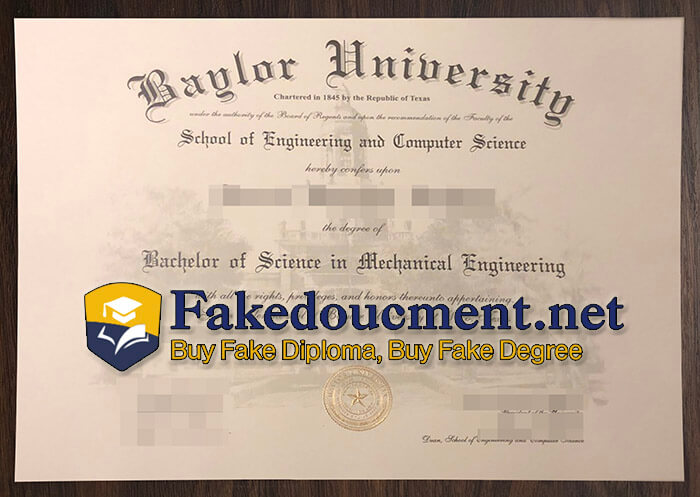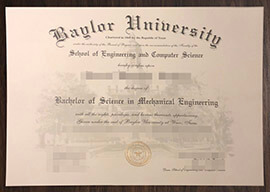
Where to order fake Baylor University School of Engineering and Computer Science degree certificate online? Buy fake Baylor University School of Engineering and Computer Science diploma certificate online, The best way to buy a realistic Baylor University School of Engineering and Computer Science degree certificate online?
Baylor University is a private Baptist Christian research university in Waco, Texas. Baylor was chartered in 1845 by the last Congress of the Republic of Texas. Baylor is the oldest continuously operating university in Texas and one of the first educational institutions west of the Mississippi River in the United States. Located on the banks of the Brazos River next to I-35, between the Dallas–Fort Worth Metroplex and Austin, the university’s 1,000-acre (400-hectare) campus is the largest Baptist university in the world.
As of Fall 2023, Baylor had a total enrollment of 20,824 students (15,155 undergraduate and 5,669 graduate). It is classified among “R1: Doctoral Universities – Very High Research Activity”. The university grants undergraduate and graduate degrees, including doctoral and professional degrees. Baylor University’s athletic teams, known as the Bears, participate in 19 intercollegiate sports. The university is a member of the Big 12 Conference in NCAA Division I.
In 1851, Baylor’s second president, Rufus Columbus Burleson, decided to separate the students by sex, making the Baylor Female College an independent and separate institution. Baylor University became an all-male institution. During this time, Baylor thrived as the only university west of the Mississippi offering instruction in law, mathematics, and medicine. At the time a Baylor education cost around $8–15 per term for tuition. And many of the early leaders of the Republic of Texas, such as Sam Houston, would later send their children to Baylor to be educated. Some of those early students were Temple Lea Houston, son of President Sam Houston, a famous western gun-fighter and attorney; and Lawrence Sullivan “Sul” Ross famous Confederate general and later President of Texas A&M University.
For the first half of the American Civil War, the Baylor president was George Washington Baines, maternal great-grandfather of the future U.S. President, Lyndon B. Johnson. He worked vigorously to sustain the university during the Civil War, when male students left their studies to enlist in the Confederate Army. Following the war, the city of Independence slowly declined, primarily caused by the rise of neighboring cities being serviced by the Santa Fe Railroad. Because Independence lacked a railroad line, university fathers began searching for a location to build a new campus.
Beginning in 1885, Baylor University moved to Waco, Texas, a growing town on the railroad line. It merged with a local college called Waco University. At the time, Burleson, Baylor’s second president, was serving as the local college’s president. That same year, the Baylor Female College also was moved to a new location, Belton, Texas. It later became known as the University of Mary Hardin-Baylor. A Baylor College Park still exists in Independence in memory of the college’s history there. Around 1887, Baylor University began readmitting women and became coeducational again.
In the 1890s, William Cowper Brann published the highly successful Iconoclast newspaper in Waco. One of his targets was Baylor University. Brann revealed Baylor officials had been importing South American children recruited by missionaries and making house-servants out of them. Brann was shot in the back by Tom Davis, a Baylor supporter. Brann then wheeled, drew his pistol, and killed Davis. Brann was helped home by his friends, and died there of his wounds.
In 1900, three physicians founded the University of Dallas Medical Department in Dallas, although a university by that name did not exist. In 1903, Baylor University acquired the medical school, which became known as the Baylor College of Medicine, while remaining in Dallas. In 1943, Dallas civic leaders offered to build larger facilities for the university in a new medical center if the College of Medicine would surrender its denominational alliances with the Baptist state convention. The Baylor administration refused the offer and, with funding from the M. D. Anderson Foundation and others, moved the College of Medicine to Houston. In 1969, the Baylor College of Medicine became technically independent from Baylor University. The two institutions still maintain strong links and Baylor still elects around 25 percent of the medical school’s regents. They also share academic links and combine in research efforts.






